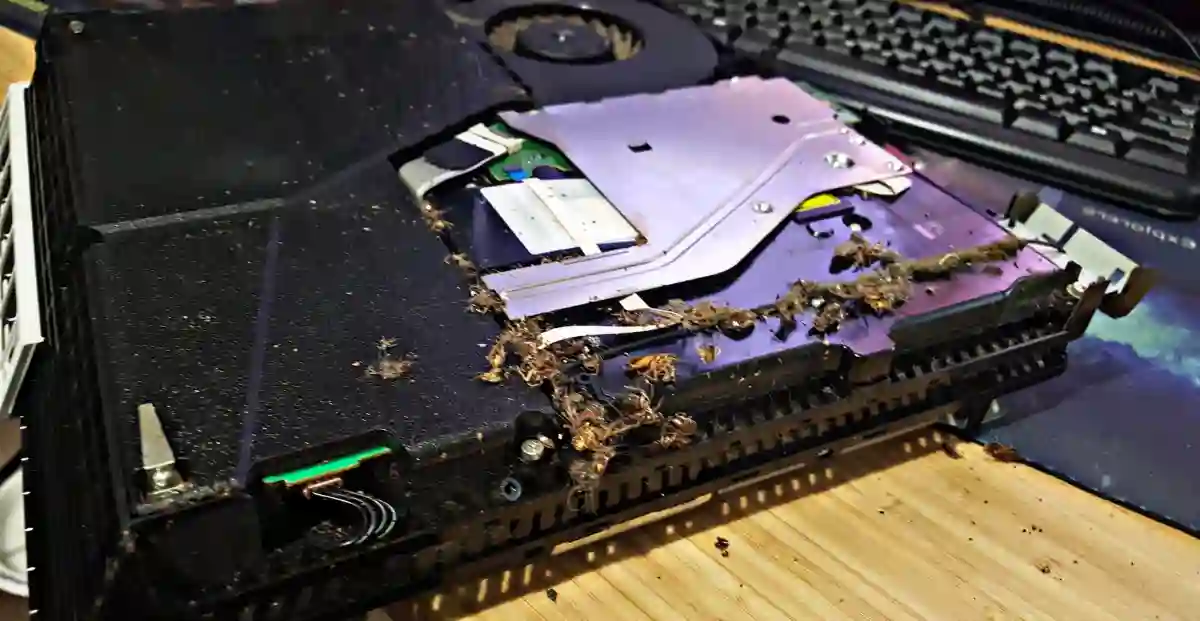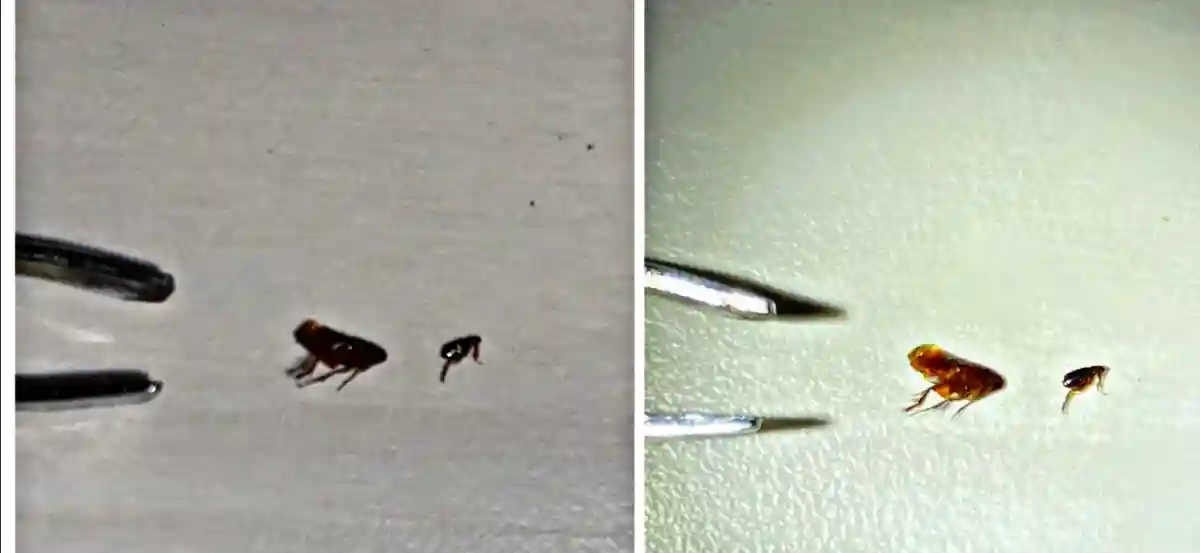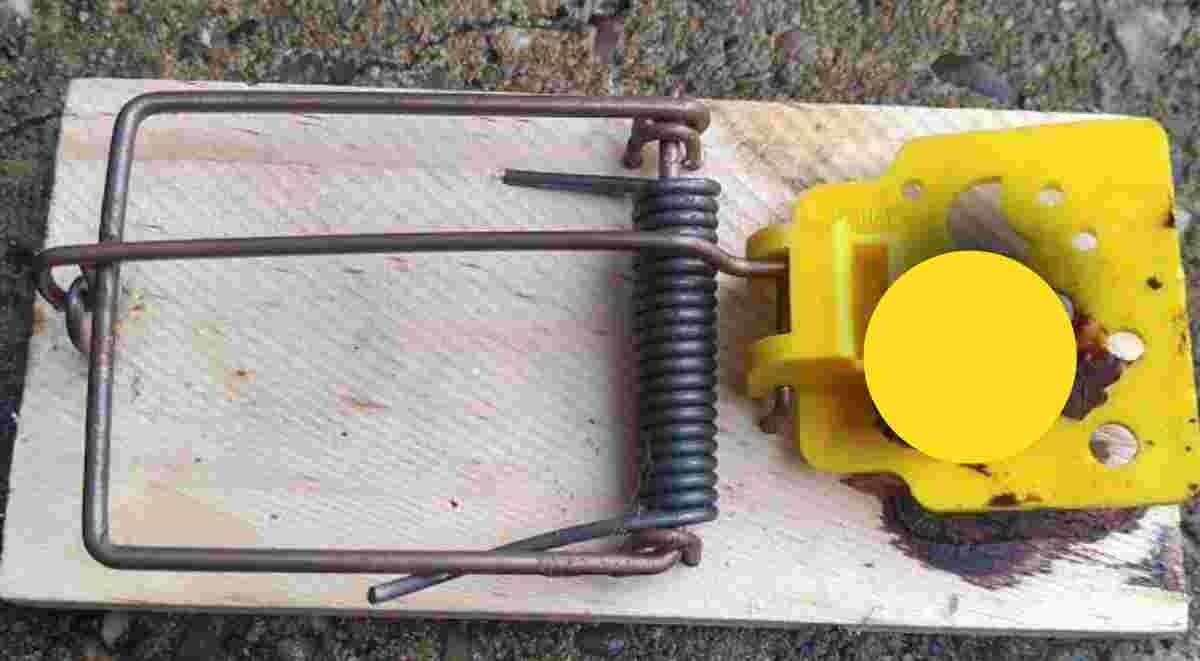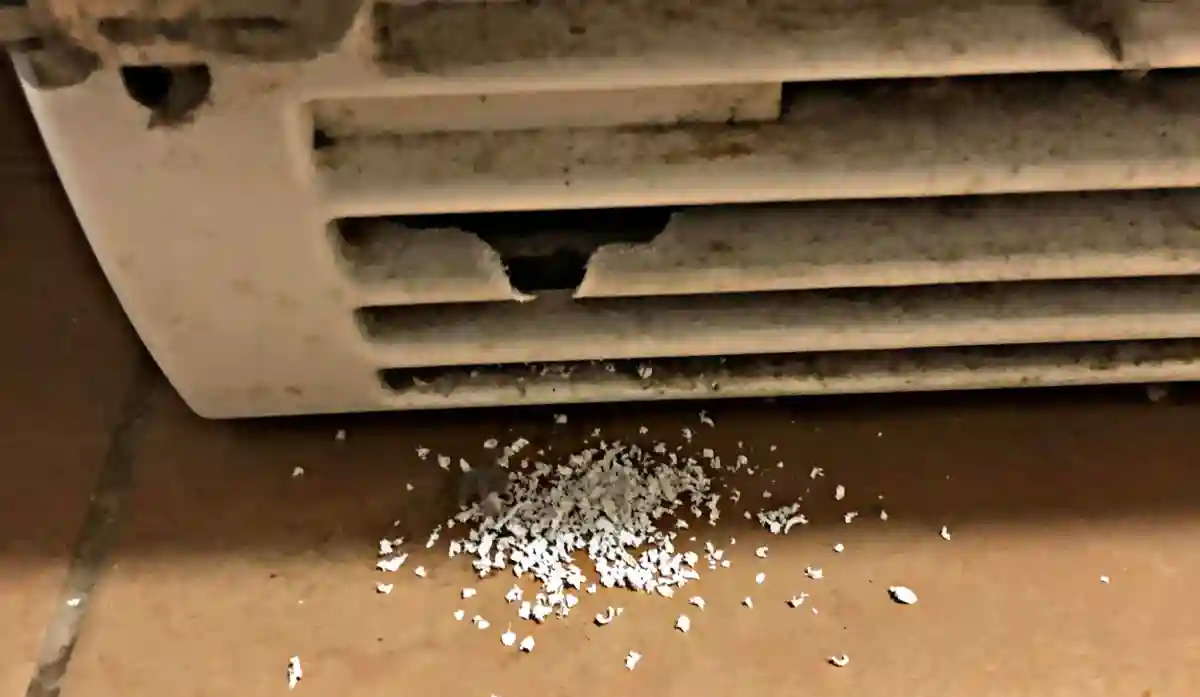Rice isn’t meant to be crunchy, so it’ll feel odd, especially if the crunch is due to weevils. Although weevils are not harmful if consumed, most people would feel uncomfortable eating them. So, this guide will guide you on how to get rid of weevils in rice to completely eradicate them.
The tiny black insects in your pantry foods are likely rice weevils. They are small, dark bugs with distinctive snout-like noses and are notorious for invading and spoiling stored dry foods. Rice Weevils in your home can infiltrate your kitchen regardless of its cleanliness, and claim territory. Their rapid reproduction makes them a persistent nuisance. And yes, they can be difficult to eliminate if they have been able to make a home out of your pantry and property as a whole.
Rice weevils don’t pose direct physical harm such as bites or stings and do not transmit diseases. However, their presence can cause food contamination. If you have rice weevils in your pantry, you should be concerned and prepared to get rid of them with this simple guide.
What is a Rice Weevil?
Rice weevils are a prevalent pantry pest, notorious for contaminating pantry items and causing large infestations due to their egg-laying habits. They are small insects but are responsible for significant food waste, leading to substantial financial losses for homeowners and grocery stores.
What Attracts Rice Weevil?
Rice weevils are attracted to grains, especially rice, as their main food source. They also prefer warm and humid environments for their breeding and development. The presence of rice and similar stored products often lures these pests into homes and storage areas. If you have damaged grains, rice weevils will likely be attracted to the scent.
The larvae of these bugs are stuck in the rice when you buy it. So, under the right temperature conditions, they hatch, and you get little worms that gradually become weevils.
How to Get Rid of Weevils in Rice

It should take less than a week after you implement these measures to get rid of rice weevils.
1. Identify the Bugs
Before you treat a weevil problem, confirm that you are dealing with Rice Weevils. Below, I have described the unique characteristics that distinguish rice weevils from other pantry bugs.
- Rice Weevils are often found in flour, rice, and whole grain kernels.
- Rice Weevil larvae resemble small, white, grub-like worms.
- Their bodies are dark brown or reddish-brown to black, with lighter-colored patches on the thorax and abdomen.
- Rice Weevils can be told apart from the similar-looking Granary Weevil, which is usually a solid dark brown.
- They have long, distinct snouts extending from their heads.
- Rice Weevils are typically 3 to 4.6 mm in length.

Use the description and image above to correctly identify rice weevils in your home. If you are not sure, contact your local pest control professional for assistance.
2. Inspect Your Rice Pantry
Once you identify the rice weevil, the next step is to locate the areas of infestation. Your inspection should target these “hotspots” where rice weevils are typically found. You need to carry out a thorough examination of all pantry-stored goods. If you find a product infested by rice weevils, you have to discard it immediately. For safety, consider disposing of all items after finding an infested one to ensure no remaining weevils.
Areas you can inspect to find and get rid of weevils in rice include:
- Food storage areas
- Pantries
- Shelves
- Cabinets
- Garages
- Pet food storage
- Packaging of pasta, starches, cereals, grains, flour, spices, herbs, and pet food
Look for infested food products, adult rice weevils, or larvae. If you find a food container with adult rice weevils or larvae, it means that it is the source of the infestation.
3. Start the Preliminary Cleanup and Vacuuming
In the event of weevil in rice infestation in your pantry, dispose of all dried food items with heavy infestation. Remove all food from areas where contaminated rice was found. It’s difficult to determine visually which items are contaminated, so the safest approach is to discard all food goods.
After removing the items, thoroughly vacuum the pantry. Clean the shelves from top to bottom, including the pantry floor and, if possible, the ceiling. Use a crevice tool or brush attachment to ensure no area is missed, paying special attention to shelf edges and where the walls meet the floor.
Finally, if you find any cracks or crevices in the food storage areas, seal them with caulk to prevent the spread of the infestation. Ensure that all cabinets, shelves, and pantries where food is stored are completely empty before applying any treatment products.
Once you can verify rice weevil activity, it’s time to start the treatment process. Always read and follow the instructions on product labels, and wear personal protective equipment (PPE) for safety.
4. Rinse the Rice to Remove Weevils
If you find weevils in your rice, don’t worry too much. Simply washing the rice thoroughly before use is an effective way to deal with them. Weevils tend to float in water, so make sure to agitate the water well during rinsing to detach them from the grains. You can also place a cloth over the rice storage can help trap the weevils and prevent further infestation.
5. Freeze or Refrigerate the Rice to Kill Weevils
Freezing or even refrigerating your rice for a couple of days can kill the weevils but may not kill the eggs. Although these pests are harmless and will be washed out when you rinse your rice, if left alive, they can consume your rice, leading to a significant amount of broken grains.
6. Checking Other Dry Goods for Weevils
If you discover weevils in your rice, they are likely present in other dry goods as well. Inspect all your stored flour, cereal, pasta, and other grain-based products. Discard any items that are heavily infested.
For those that seem unaffected, consider placing them in the freezer for a few days as a precaution. Clean your pantry shelves thoroughly with soap and water. For better protection, store your dry goods in airtight containers made of glass or plastic instead of their original packaging.
7. Use Bay Leaves and Silica Gel Packs
Place bay leaves in your dry goods containers as a deterrent against most pantry pests. Replace these leaves with fresh ones during your spring and fall cleaning routines. Add a silica gel pack to each container to help reduce moisture and create an environment less hospitable to weevils in rice. While freezing can kill live weevils, it doesn’t affect the eggs. Therefore, use it in combination with other methods, but it’s not a complete solution for eradication unless you plan to keep the products in the freezer continuously.
How to Prevent Weevils in Rice
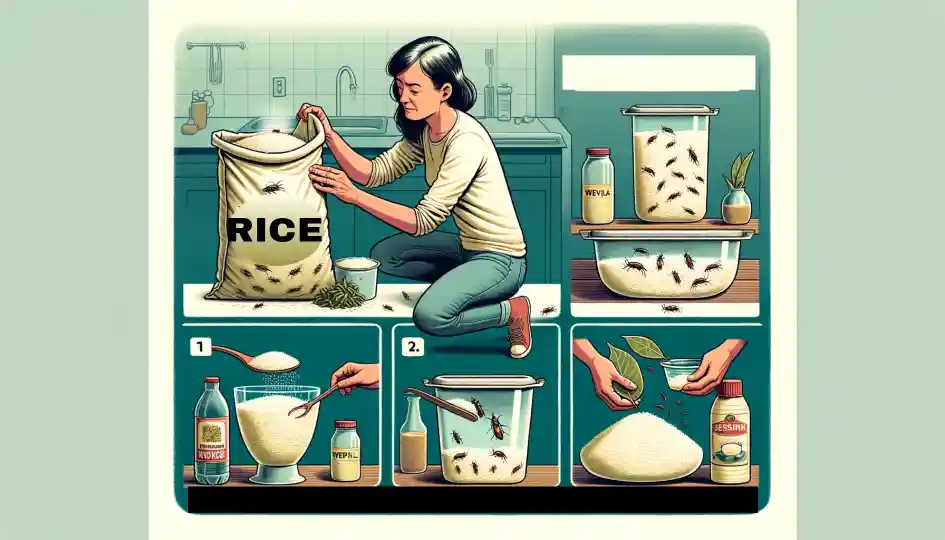
After you get rid of weevils in rice, you need preventative measures to avoid future infestations in your pantry. Here are some steps to keep rice weevils at bay.
Method 1
Make it a habit to thoroughly inspect rice packages before purchasing. Look for any signs of damage, such as tears, holes, or punctures, as these packages might already be infested. Also, transfer food products from their original packaging into tightly sealed plastic containers. This not only helps prevent future infestations but also confines any existing infestations to a single container.
Method 2
Buy only enough food supplies for a week to prevent overstocking your pantry. Store food for extended periods, especially in undisturbed, dark places, to increase the risk of infestation. For ongoing protection, try and apply Novacide every 7 months for a long-term defense against weevils in rice.
Method 3
Store rice in the freezer. When you purchase rice, grains, or similar products, they might already contain bug larvae. These larvae can hatch under suitable temperature conditions, leading to the emergence of worms that eventually turn into moths. While these bugs are harmless and won’t cause you any harm, they are certainly unpleasant to find in your food.
Should I Throw Away Rice with Weevils?
The truth is that weevils don’t make the rice unsafe to eat. We have unknowingly all eaten bugs at some point but are still healthy today—weevils are one. If the infestation is really small, just remove the weevils and don’t throw away the rice. However, if the infestation is severe, or if the idea of eating rice with weevils is too unpleasant, then it’s go ahead and discard it.
Does Garlic Repel Rice Weevils?
While garlic is often considered a natural repellent for pests, including rice weevils, it is not reliable. The strong odor of garlic can be unappealing to these bugs, however, garlic as a repellent for rice weevils is not scientifically proven and may vary.
READ ALSO: Homemade Roach Bait with Peanut Butter [with Pictures]

